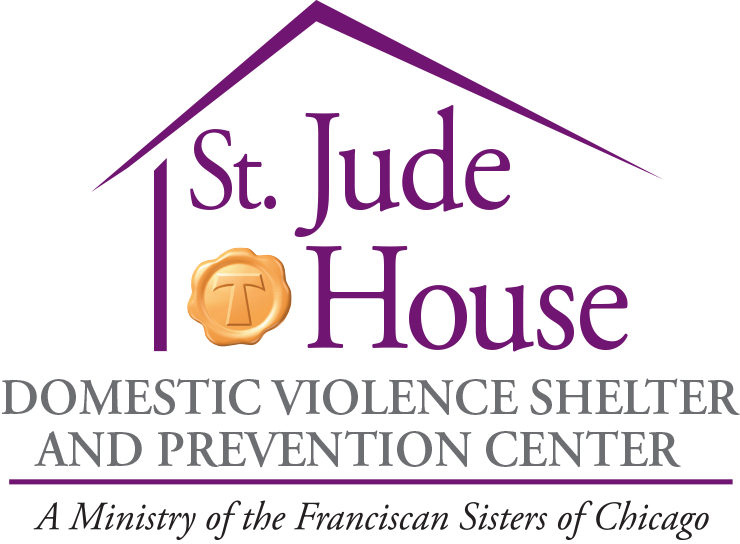Knowledge is Power
What is Domestic Violence?
Domestic violence is a pattern of abusive behavior in any relationship one person uses to gain or maintain power and control over another intimate partner.
The truth is:
- Domestic violence can happen to anyone regardless of race, age, sexual orientation, religion, sex or gender identity.
- Domestic violence affects people of all socioeconomic backgrounds and education levels.
- Domestic violence occurs in both opposite-sex and same-sex relationships.
- Domestic violence can happen to intimate partners who are married, living together, dating or share a child.
- Domestic violence affects not only those who are abused but their family members, friends, co-workers, other witnesses and the greater community.
- When child abuse occurs in the home and the abuser is the child’s parent or caregiver, this is a form of domestic violence.
Domestic violence can be physical, sexual, emotional, economic/financial, psychological or technological actions, threats or other patterns of coercive behavior. This includes any behaviors that manipulate, humiliate, isolate, terrorize, threaten, blame, hurt or injure someone.
Physical Abuse
Any intentional act to cause injury, trauma, bodily harm or other physical suffering, such as hitting, punching, slapping, shoving, biting, hair pulling, etc. This type of abuse also includes denying a partner medical care or forcing alcohol and/or drug use upon him or her.
Sexual Abuse
Coercing or attempting to force any sexual contact or behavior without consent. Sexual abuse includes but is not limited to marital rape, attacks on sexual parts of the body, forcing sex after physical violence has occurred or treating one in a sexually demeaning manner.
Emotional Abuse
Domestic abuse isn’t just physical. Undermining an individual’s sense of self-worth and/or self-esteem is abusive. This may include but is not limited to constant criticism, diminishing one’s abilities, name-calling or damaging one’s relationship with his or her children.
Economic/Financial Abuse
Controlling or restraining a person’s ability to acquire, use or maintain financial resources to which they are entitled. This can include restricting a person’s access to money, assets, credit or financial information; unfairly using a person’s financial resources, including money, assets and credit; or exerting undue influence over a person’s financial and economic behavior or decisions.
Psychological Abuse
Elements of psychological abuse include but are not limited to causing fear by intimidation; threatening physical harm to self, partner, children, or partner’s family or friends; destruction of pets and property; and forcing isolation from family, friends or school and/or work.
Technological Abuse
An act or pattern of behavior that is intended to harm, threaten, control, stalk, harass, impersonate, exploit, extort or monitor another person using any form of technology, including but not limited to:
- Internet-enabled devices
- Online spaces and platforms
- Computers
- Mobile devices and apps
- Cameras and imaging programs
- Location tracking devices
- Communication technologies



